The high cost of returning to Nepal
Fourteen of the 324 Nepali women who were repatriated by air from Kuwait on Thursday were forced off the bus because they did not have the cash to pay the Rs1,000 fare from their holding centre in Bhaktapur to Province 1
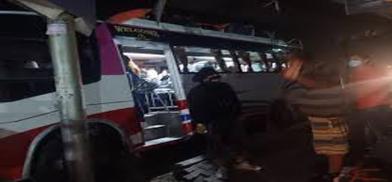
Kathmandu: Fourteen of the 324 Nepali women who were repatriated by air from Kuwait on Thursday were forced off the bus because they did not have the cash to pay the Rs1,000 fare from their holding centre in Bhaktapur to Province 1. They spent the night in the holding centre, while the Foreign Employment Board said it would cover their costs on Friday.
Many Nepali workers who have been stranded overseas have run out of savings and do not even have the money to pay for local transportation when they get to Nepal, and cannot afford $100 PCR tests even if they are available before boarding their flights.
Many workers also say the one-way airfares to Kathmandu fixed by the government is too high, and some Nepali embassies have been quoted lower prices with local budget airlines. The embassy in Muscat, for example, says it negotiated with Oman’s Salam Air for an airfare of $299 to Kathmandu, but the Nepal’s government’s list quotes $510 for Muscat-Kathmandu on a Nepali airline.
The Oman Embassy dealt directly with the carrier without relying on agencies, which brought the cost down. There is now confusion if other embassies can also negotiate down the cost of fares for workers. These problems have highlighted the challenges of bringing home 24,000 Nepalis stranded abroad in 63 scheduled flights this month.
The Nepali embassy in Malaysia has released a list of the first 1,000 passengers on the priority list of 6,423 Nepalis who want to return, and other embassies are expected to soon follow suit.
Nepal’s ambassador in Kuwait, Durga Bhandari coordinated the first two repatriation flights on Thursday says that there is a tendency to jump to solutions from Nepal right away, such as putting pressure for the utilisation of the Foreign Employment Fund (FEWF), but it is important to focus on solving problems first in the destination country itself.
“Migrants are contributing to the destination country and are here with legal contracts. To the extent possible, it is important to solve issues here itself in close coordination with the local government and the employers,” he said in a phone interview.
The flights and medical tests of undocumented Nepali workers was covered by the Kuwait government which made repatriation relatively more manageable. This is not the case in other countries.
In Malaysia, Nepali worker Amit was relieved to be in the embassy’s priority list because he has been without a job for three months. But he adds: “How am I going to pay thrice the amount of normal tickets?”
Another migrant worker Ram is also worried about the airfare to Kathmandu of $520 listed by the government, in addition to the $90 PCR test required before passengers are allowed to board. He asks: “I spent $1,500 to come here. I have to spend $520 USD to return. I earn $350 a month, and I have loans to repay. What a waste of my two years abroad.”
In Oman, workers have reportedly been convinced to take PCR tests that cost $150 with the assurance that they can self-quarantine once in Nepal. But for Nepalis in Oman, the more worrying problem is the high airfare.
There are 720 Nepali workers who are stranded in the Maldives some of whom who are facing complications with their pre-departure tests.
In the Maldives, where 724 Nepalis are waiting for flights home after the collapse of the country’s tourism industry, government have said it does not have test kits for migrants because they need them for their own nationals.
“As per official communications the Nepal government, we need at least RDTs, but the government of Maldives is unable to provide even those,” says Bishwash Bhatta Nepal’s Chargé d’ Affaires in Colombo who is also accredited to the Maldives.
Indians and Bangladeshis who went home from the Malé earlier just had thermal screening at the airport and ‘fit for travel’ certificates. Private hospitals in Malé have offered RDTs with payment, but most Nepalis are in resorts in remote atolls.
“We are willing to pay for the tests but it does not seem feasible. The time constraint is also very tight, just three days for the flights, I am worried that our flights will be affected because of that,” says Nepali community organiser in the Maldives.
Nepali hospitality worker Hari along with six others have been without a job for the three months and are stranded in the Maldives. The Nepali community there has crowd-funded their tickets along with support for accommodation and support, with contributions from 89 individuals.
These instances hold important lessons for the dignified return of 24,000 Nepalis in the next 63 flights bringing nationals home this month.
Some names of workers have been changed.
https://www.nepalitimes.com/latest/the-high-cost-of-returning-to-nepal/


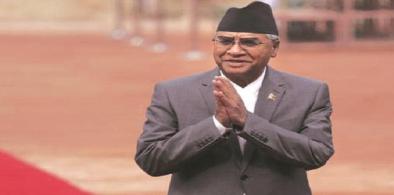
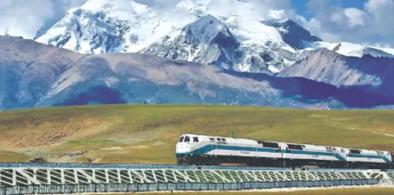
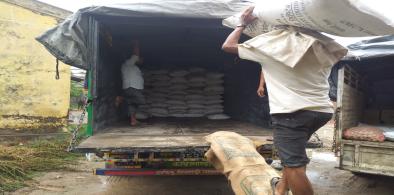

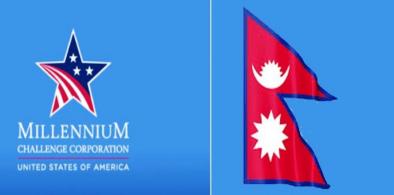
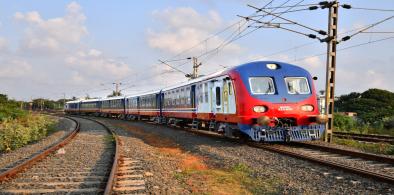








Post a Comment